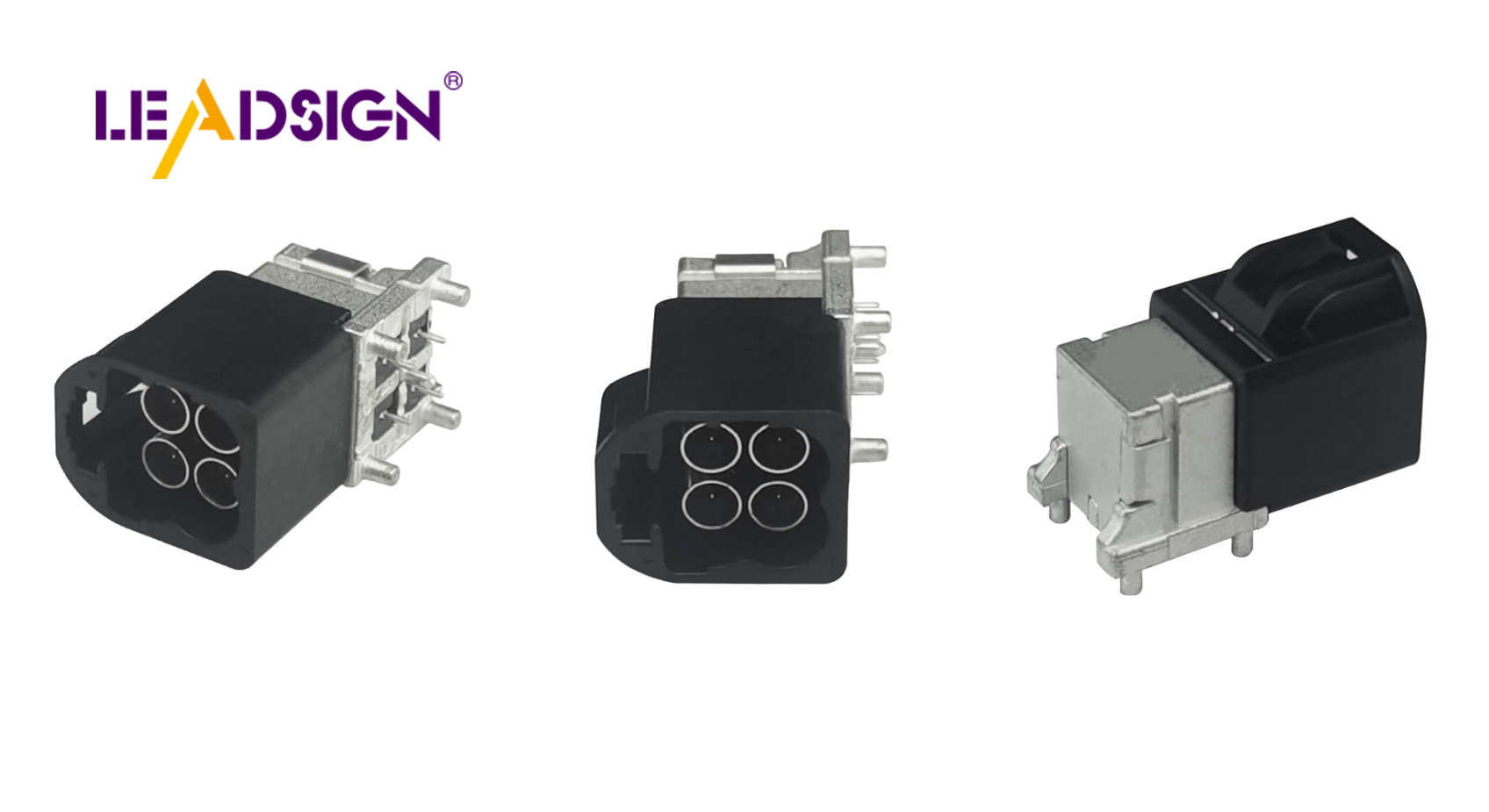How HSFM Series Connectors Enhance Autonomous Driving with Automotive Wire

Fast data is crucial in self-driving cars. Automotive connectors are essential for providing quick data to enable fast decision-making. The HSFM Series Automotive Connectors play a vital role in establishing robust connections in cutting-edge automotive technology. These connectors ensure seamless communication between systems, which is crucial for safety and optimal performance. Automotive connectors like the HSFM Series are designed to withstand harsh weather conditions, guaranteeing the safe and efficient operation of self-driving cars.
Understanding HSFM Series Connectors
Key Features and Specifications
HSFM Series Connectors are special because of their cool features. They are made for new cars, especially self-driving ones.
Data Rate and Frequency Capabilities
These connectors can send data really fast. This helps self-driving cars make quick choices. They help car parts talk to each other quickly, making the car work better.
Space and PCB Footprint Reduction
Saving space is important in car design. HSFM Connectors take up less room. Their small size lets more parts fit in tight spaces, which is great for modern cars that need to be small.
Durability and Temperature Range
HSFM Connectors are very strong. They work well in bad weather and hot or cold places. This strength keeps self-driving cars safe and working right.
Compliance and Standards
These connectors follow strict rules to be safe and work well.
ISO and SAE Standards
They meet ISO and SAE rules, which means they are good quality. This makes sure the connectors keep cars running safely.
Connector Position Assurance
HSFM Connectors have a feature that keeps them connected tightly. This stops them from coming loose, which could be dangerous for the car.
Uses in Self-Driving Cars
Making Cars Safer and Better
Helping Driver Systems
HSFM Connectors are key in helping driver systems. They help car parts talk to each other fast. Sensors and cameras send info quickly with these connectors. This helps cars help drivers right away. They help with things like cruise control and staying in lanes. By keeping connections strong, they make self-driving cars safer.
Spotting Obstacles
Finding obstacles needs fast data sharing. HSFM Connectors make sure data moves quickly. They link systems that find road obstacles. This helps cars react fast to dangers. Their strong build keeps them working well anywhere. These connectors keep self-driving cars safe and working well.
Working with Car Systems
Fit with Sensors and LiDAR
HSFM Connectors work great with sensors and LiDAR tools. These are important for self-driving tech. The connectors move sensor data fast without delay. This makes sure the car sees its surroundings right. These connectors help add new tech to modern cars.
Ready for Future Networks
HSFM Connectors can change for future networks too. As car tech grows, these stay useful. They work with new ways of car communication. This means cars can use new tech later on too. These connectors help self-driving cars keep getting better.
Benefits Over Old Connectors
Small Size and Space Saving
Comparing with Old FAKRA Connectors
HSFM Connectors are better than old FAKRA ones. They take up less room, important for new car designs. Engineers can add more parts without losing performance. Being small helps make cool new car designs.
Good Things About Being Small
Being small has many good points. Tiny connectors make cars lighter. This means they use less fuel and work better. Their small size lets them fit anywhere in the car. These connectors help designers use space smartly.
Working Well and Being Reliable
Fast Data Sending
HSFM Connectors are great at sending data fast. They handle quick data needed for self-driving cars. Fast data helps car parts talk well together. This makes driver help systems work better.
Strong in Tough Places
These connectors are very strong. They can handle hot, cold, and tough places. Being strong keeps them working well everywhere. Car connectors need to stay strong for safe self-driving.
HSFM Connectors make self-driving cars better by sending data quickly. They help keep cars safe and working well with strong links. In the future, these connectors might get even better for new car tech. Good connections are important in car tech to add new systems easily. As cars get smarter, strong connectors like HSFM are very important. They make sure cars run safely and well in any weather.
See Also
Enhancing Automotive Connectivity: The Benefits of HFM Connectors
Transforming Automotive Connections: The Benefits of HFM Connectors
Maximizing Automotive Tech: The Benefits of HFM RF Connectors
Optimizing Automotive Systems: The Benefits of HSD Connectors
The Significance of HSD Connectors in Automotive Applications

